Ideas on humane fence-top squirrel barrier?
bostedo: 8a tx-bp-dfw
10 years ago
Featured Answer
Sort by:Oldest
Comments (8)
rhizo_1 (North AL) zone 7
10 years agoRelated Professionals
Comstock Park Landscape Architects & Landscape Designers · Canton Landscape Contractors · Arlington Landscape Contractors · Broomfield Landscape Contractors · Cambridge Landscape Contractors · El Reno Landscape Contractors · Fair Oaks Landscape Contractors · Fort Mill Landscape Contractors · Hicksville Landscape Contractors · Plymouth Landscape Contractors · Pueblo West Landscape Contractors · Saint John Landscape Contractors · Seminole Landscape Contractors · Tewksbury Landscape Contractors · Whitehall Landscape Contractorsmorz8 - Washington Coast
10 years agobostedo: 8a tx-bp-dfw
10 years agotsugajunkie z5 SE WI ♱
10 years agobostedo: 8a tx-bp-dfw
10 years agoLaron Street
5 years agoNHBabs z4b-5a NH
5 years ago
Related Stories

GARDENING GUIDESTop 12 Summer-Blooming Perennials for Deer-Resistant Drama
Can you have garden color, fragrance and exciting foliage with hungry deer afoot? These beauties say yes
Full Story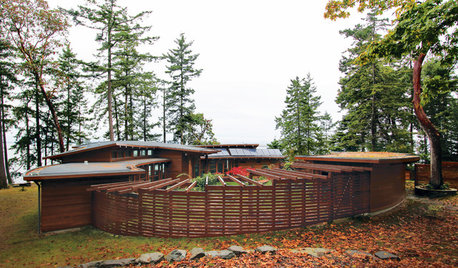
FENCES AND GATESA Deer Fence Can Be Decorative as Well as Protective
You need a monster-size fence to shelter your garden from deer, but it doesn’t have to look like a monstrosity
Full Story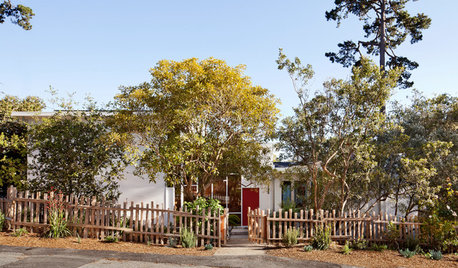
MIDCENTURY HOMESHouzz Tour: Small Changes Earn a Top Green Rating
Remodeling for energy efficiency and sustainability within a quaint town's codes wins LEED platinum certification for a midcentury home
Full Story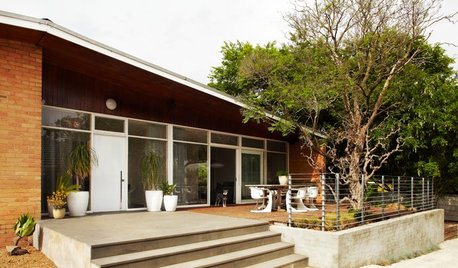
GARDENING AND LANDSCAPINGTake Back Your Front Yard: 8 Ways to Make It Social
If only trees and squirrels gather in your front yard, you're missing out on valuable socializing space. Here's how to remedy that
Full Story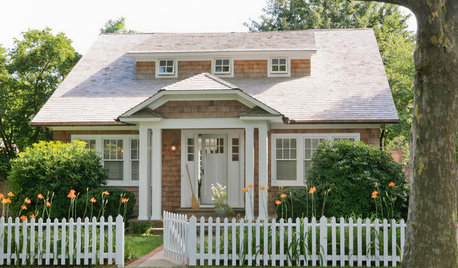
DECORATING STYLESOutfit a Cottage-Style Remodel, Top to Bottom
If you're renovating with a cottage look in mind, these fixtures, finishes and accessories will bring on the charm
Full Story
GARDENING GUIDES15 Ideas to Try in Your Garden This Year
These gardening stories were tops among Houzz readers. Which ideas might you try this year?
Full Story
LIFEHow to Outsmart Backyard Critters
Learn to think like a raccoon, skunk or squirrel to keep your home safe and your garden intact
Full Story
HOUSEPLANTS10 Top Plants to Grow Indoors
Brighten a room and clean the air with a houseplant that cascades artfully, stretches toward the ceiling or looks great on a wall
Full Story
LIFEThe Top 5 Ways to Save Water at Home
Get on the fast track to preserving a valuable resource and saving money too with these smart, effective strategies
Full Story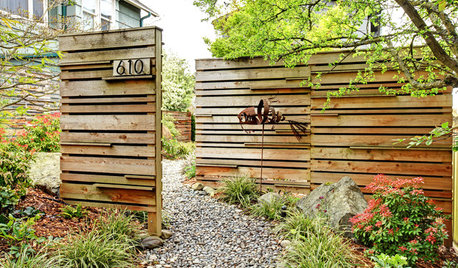
FENCES AND GATESHow to Choose the Right Fence
Get the privacy, security and animal safeguards you need with this guide to fencing options
Full StoryMore Discussions







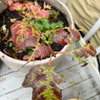
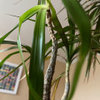
ken_adrian Adrian MI cold Z5